eCommerce
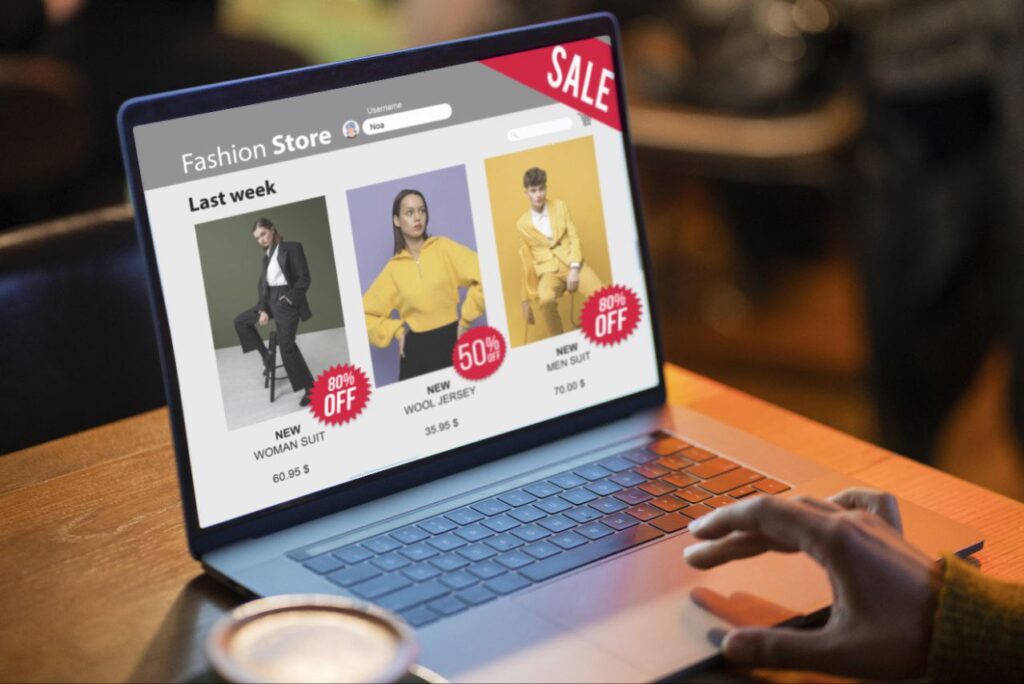
eCommerce (electronic commerce) refers to buying and selling goods or services online. It includes various business models such as:
B2C (Business to Consumer) – e.g., Amazon, Nike’s online store
B2B (Business to Business) – e.g., Alibaba, wholesale suppliers
C2C (Consumer to Consumer) – e.g., eBay, Facebook Marketplace
D2C (Direct to Consumer) – e.g., brands selling directly via Shopify
Dropshipping & Print-on-Demand – Selling without holding inventory
How eCommerce Works
A customer visits an online store – via a website or mobile app.
They browse products – checking descriptions, reviews, and prices.
They add items to a shopping cart – and proceed to checkout.
Payment is processed – through PayPal, credit cards, or digital wallets.
The order is fulfilled – by shipping from a warehouse or through dropshipping.
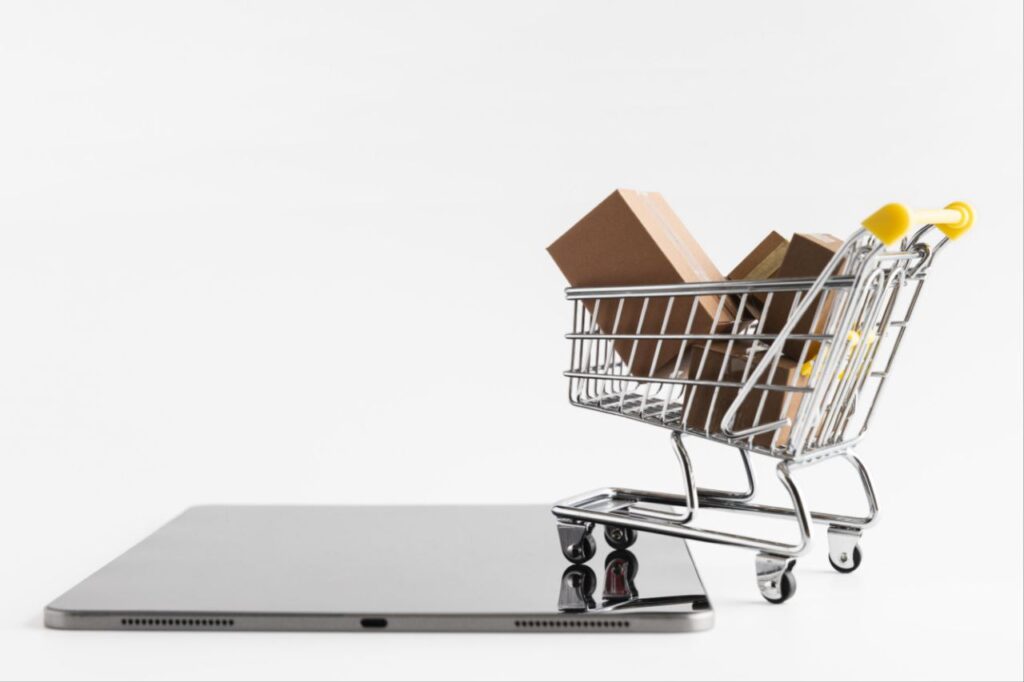
Examples of eCommerce Platforms
Shopify – Great for beginners.
WooCommerce – For WordPress users.
Amazon & eBay – Sell on established marketplaces.
BigCommerce – Scalable for larger businesses.
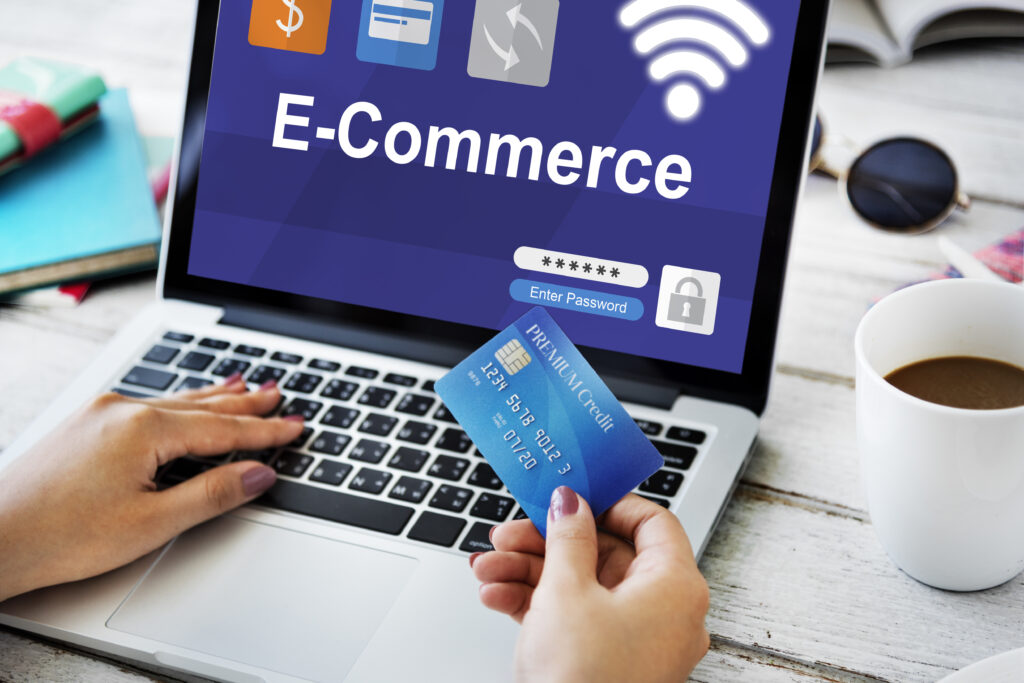
Advantages of eCommerce
✔ 24/7 availability for customers.
✔ Low startup costs compared to physical stores.
✔ Global reach – sell to customers worldwide.
✔ Automated processes (payments, marketing, fulfillment).
How to Start an eCommerce Business
If you’re looking to start an eCommerce business, here’s a step-by-step guide to help you launch successfully.

Step 1: Choose a Profitable Niche
A niche is a specific market segment you want to target. Picking the right niche can determine your success.
✔ Find trending products – Use Google Trends, Amazon Best Sellers, TikTok trends, Etsy hot products.
✔ Identify customer pain points – What problems can your product solve?
✔ Check competition – Look at other online stores and their strategies.
✔ Evaluate profitability – Can you price products competitively and still make a profit?
Examples of Profitable Niches in 2025:
✅ Eco-friendly & sustainable products
✅ Smart home gadgets
✅ Personalized & custom products (Print-on-Demand)
✅ Fitness & wellness gear
✅ Pet accessories
Step 2: Choose Your eCommerce Business Model
Your business model will determine how you source and sell products.
🔹 Dropshipping – No inventory needed, supplier ships directly to customers. (Best for beginners)
🔹 Print-on-Demand – Sell custom designs on T-shirts, mugs, phone cases.
🔹 Private Labeling – Create a brand with custom packaging and logos.
🔹 Wholesale/Retail – Buy in bulk and sell for a markup.
🔹 Subscription Model – Monthly product deliveries (e.g., subscription boxes).
💡 Best Dropshipping Suppliers: AliExpress, Spocket, Zendrop, CJDropshipping
💡 Best Print-on-Demand Platforms: Printful, Gelato, Teespring
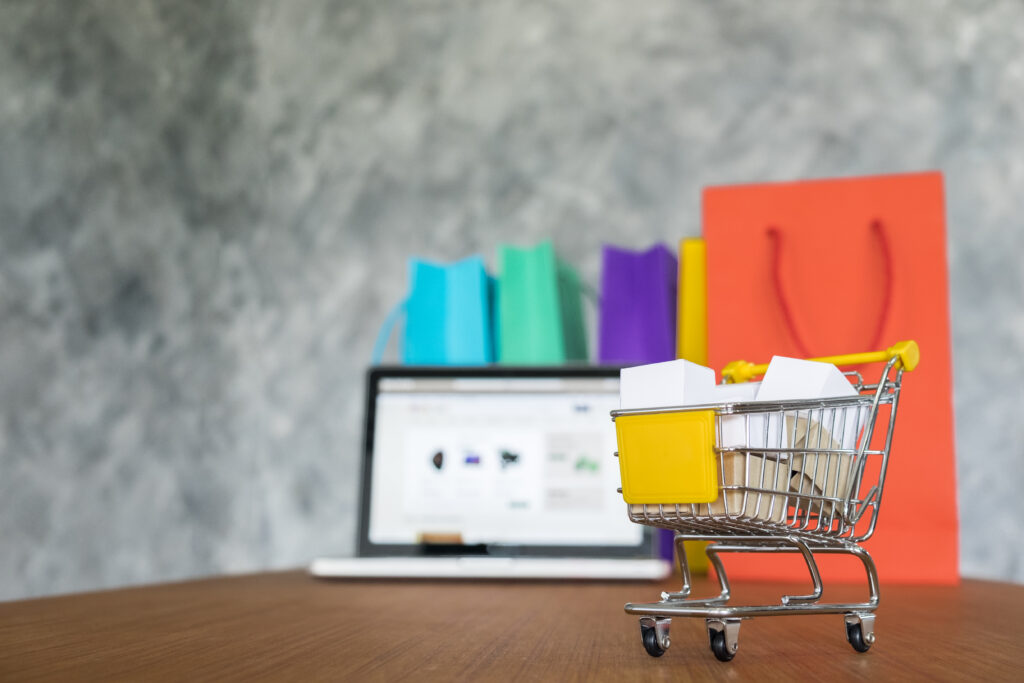
Step 3: Choose an eCommerce Platform
Your platform is where your online store will be built.
💻 Best eCommerce Platforms:
✔ Shopify – Easiest & most popular, great for beginners.
✔ WooCommerce (WordPress plugin) – More flexible but requires setup.
✔ BigCommerce – Ideal for large stores.
✔ Wix eCommerce – Good for small businesses, but limited scalability.
✔ Amazon, Etsy, eBay – Sell on marketplaces with built-in customers.
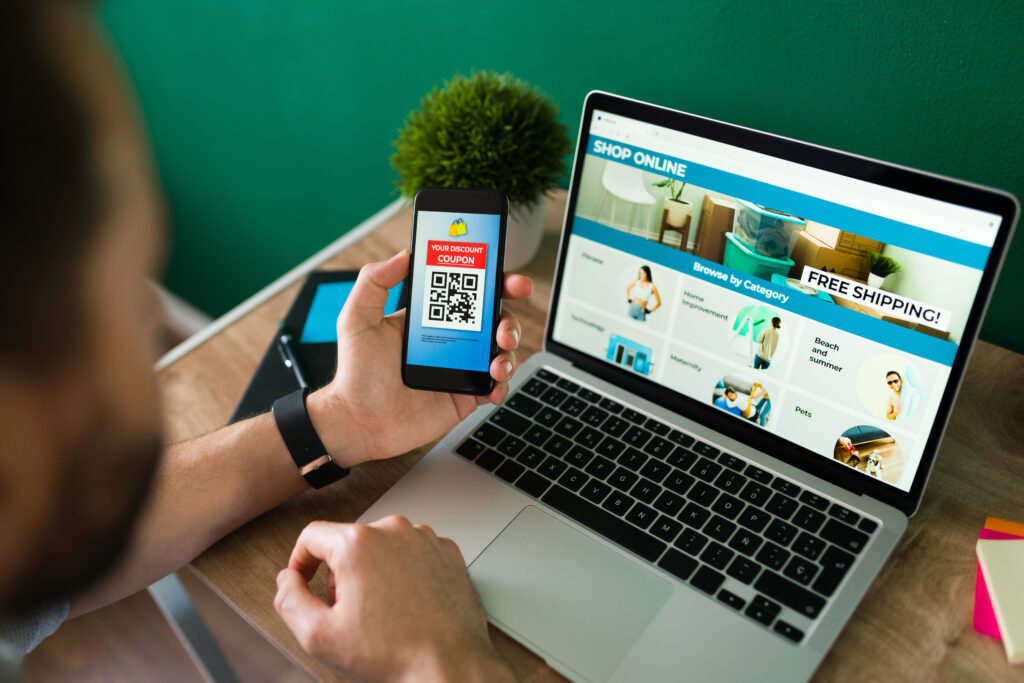
Step 4: Set Up Your Online Store
🛍 Steps to Build Your Store:
✔ Buy a domain name (GoDaddy, Namecheap)
✔ Choose a theme and design your store
✔ Write product descriptions with SEO optimization
✔ Add high-quality product images & videos
✔ Set up a payment gateway (PayPal, Stripe, credit cards)
✔ Add important pages (About Us, Contact, Refund Policy)
💡 Pro Tip: Use AI-powered chatbots for customer support
Step 5: Set Up Shipping & Order Fulfillment
📦 Fulfillment Options:
✔ Dropshipping – Supplier handles shipping.
✔ Amazon FBA – Amazon stores & ships products for you.
✔ Third-party logistics (3PL) – Companies like ShipBob handle warehousing.
✔ In-house fulfillment – You store and ship products yourself.
🚚 Shipping Strategies:
✅ Free shipping (higher conversion rates)
✅ Flat-rate shipping (simplifies pricing)
✅ Real-time carrier rates (based on location)
Step 6: Market Your eCommerce Store
🚀 Marketing is key to getting sales!
✔ SEO (Search Engine Optimization) – Optimize product descriptions for Google.
✔ Social Media Marketing – Instagram, TikTok, Pinterest, Facebook.
✔ Influencer Marketing – Partner with influencers to promote products.
✔ Paid Ads – Run Facebook Ads, Google Ads, TikTok Ads.
✔ Email Marketing – Collect emails & send promotional offers.
💡 Best Marketing Tools: Klaviyo (email), Google Analytics, Meta Ads Manager.
Step 7: Scale & Grow Your Business
📈 Once you start making sales, focus on scaling!
✅ Optimize conversion rates (A/B testing, better landing pages)
✅ Expand product lines (Add more in-demand products)
✅ Automate operations (AI chatbots, email automation)
✅ Offer subscriptions & recurring revenue models
✅ Sell globally (International shipping options)
Conclusion
Starting an eCommerce business in 2025 is a great opportunity, but success depends on choosing the right niche, setting up a high-converting store, and using smart marketing strategies.


